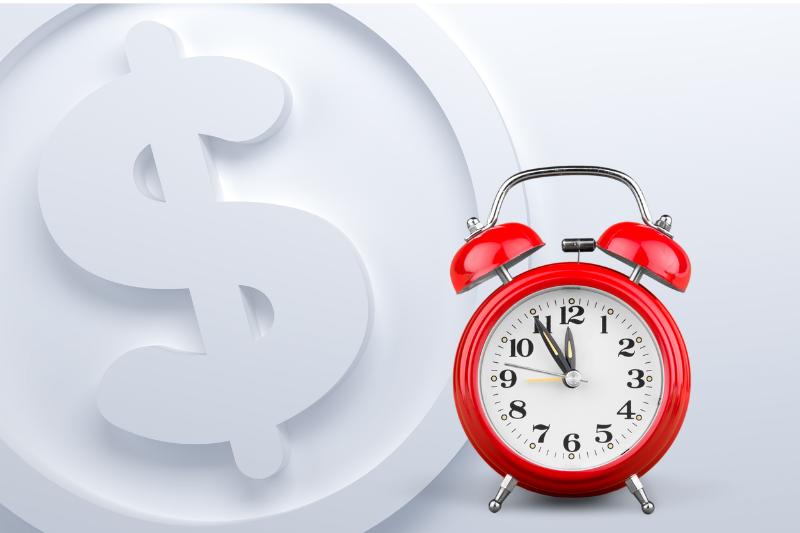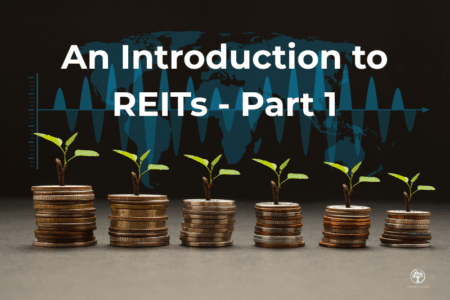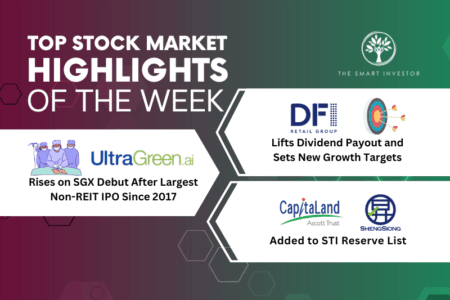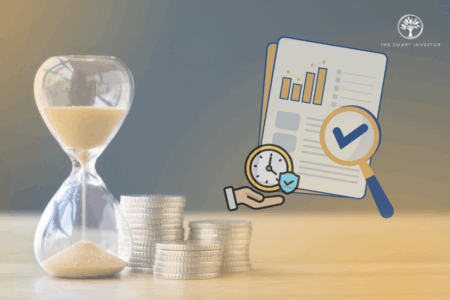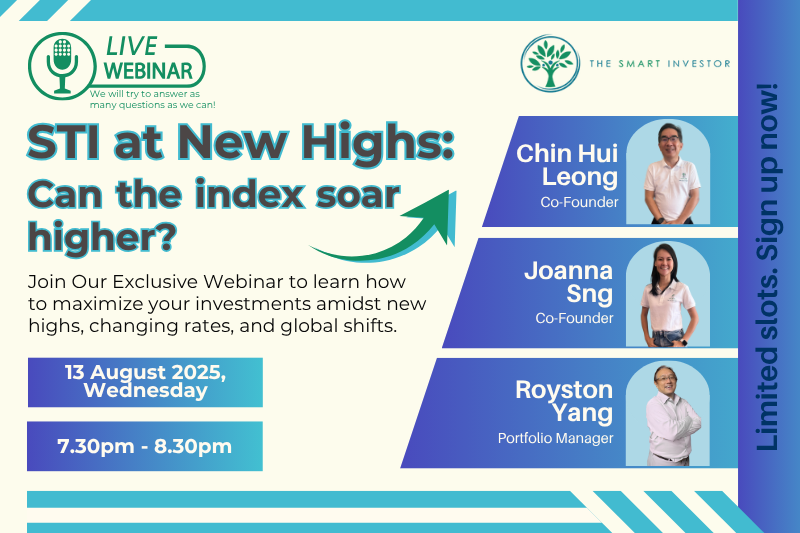The world of investing is full of paradoxes. In a recent article, I described the example of stability itself being destabilising. Another paradox is that the worst time to invest can feel the best, and vice versa.
This paradox can be aptly illustrated by the State of the Union Address, a speech that the President of the USA delivers near the start of every year. It’s a report on how the country fared in the year that passed and what lies ahead. It’s also a barometer for the sentiment of US citizens on the country’s social, political, and economic future.
This is part of the speech for one particular year:
“We are fortunate to be alive at this moment in history. Never before has our nation enjoyed, at once, so much prosperity and social progress with so little internal crisis and so few external threats. Never before have we had such a blessed opportunity — and, therefore, such a profound obligation — to build the more perfect union of our founders’ dreams.
We begin the [year] with over 20 million new jobs; the fastest economic growth in more than 30 years; the lowest unemployment rates in 30 years; the lowest poverty rates in 20 years; the lowest African-American and Hispanic unemployment rates on record; the first back-to-back budget surpluses in 42 years. And next month, America will achieve the longest period of economic growth in our entire history.
My fellow Americans, the state of our union is the strongest it has ever been.”
In short, American citizens were feeling fabulous about their country. There was nothing much to worry about and the economy was buzzing. In another particular year, the then-president commented:
“One in 10 Americans still cannot find work. Many businesses have shuttered. Home values have declined. Small towns and rural communities have been hit especially hard. And for those who’d already known poverty, life has become that much harder. This recession has also compounded the burdens that America’s families have been dealing with for decades — the burden of working harder and longer for less; of being unable to save enough to retire or help kids with college.”
This time, Americans were suffering, and there were major problems in the country’s economy.
The first speech was delivered in January 2000 by Bill Clinton. What happened next: The S&P 500 – a widely followed barometer for the US stock market – peaked around the middle of 2000 and eventually declined by nearly 50% at its bottom near the end of 2002. Meanwhile, the second speech was from Barack Obama and took place in January 2010, when the US was just starting to recover from the Great Financial Crisis. In turned out that the next recession took more than 10 years to arrive (in February 2020, after COVID-19 emerged) and the S&P 500 has increased by nearly 450% – or 14% annually – since the speech, as shown in Figure 1.

Figure 1; Source: Yahoo Finance; S&P 500 (including dividends) from January 2010 to September 2023
It’s not always the case where a crumbling economy equates to fantastic future returns in stocks. But what I’ve shown is the important idea that the best time to invest could actually feel like the worst, while the worst time to invest could feel like the best time to do so. Bear this in mind, for it could come in handy the next time a deep recession hits.
Note: An earlier version of this article was published at The Good Investors, a personal blog run by our friends.
It’s hard to ignore the incredible progress that AI technology has made in recent years. And it could change how we work and invest in the near future, just like how the internet and iPhone did in the early 2000s. Download our Special Free Report and prepare for what could be the biggest game-changing tech for many companies. Click here to download.
Follow us on Facebook and Telegram for the latest investing news and analyses!
Disclosure: Ser Jing does not have an interest in any of the companies mentioned.

